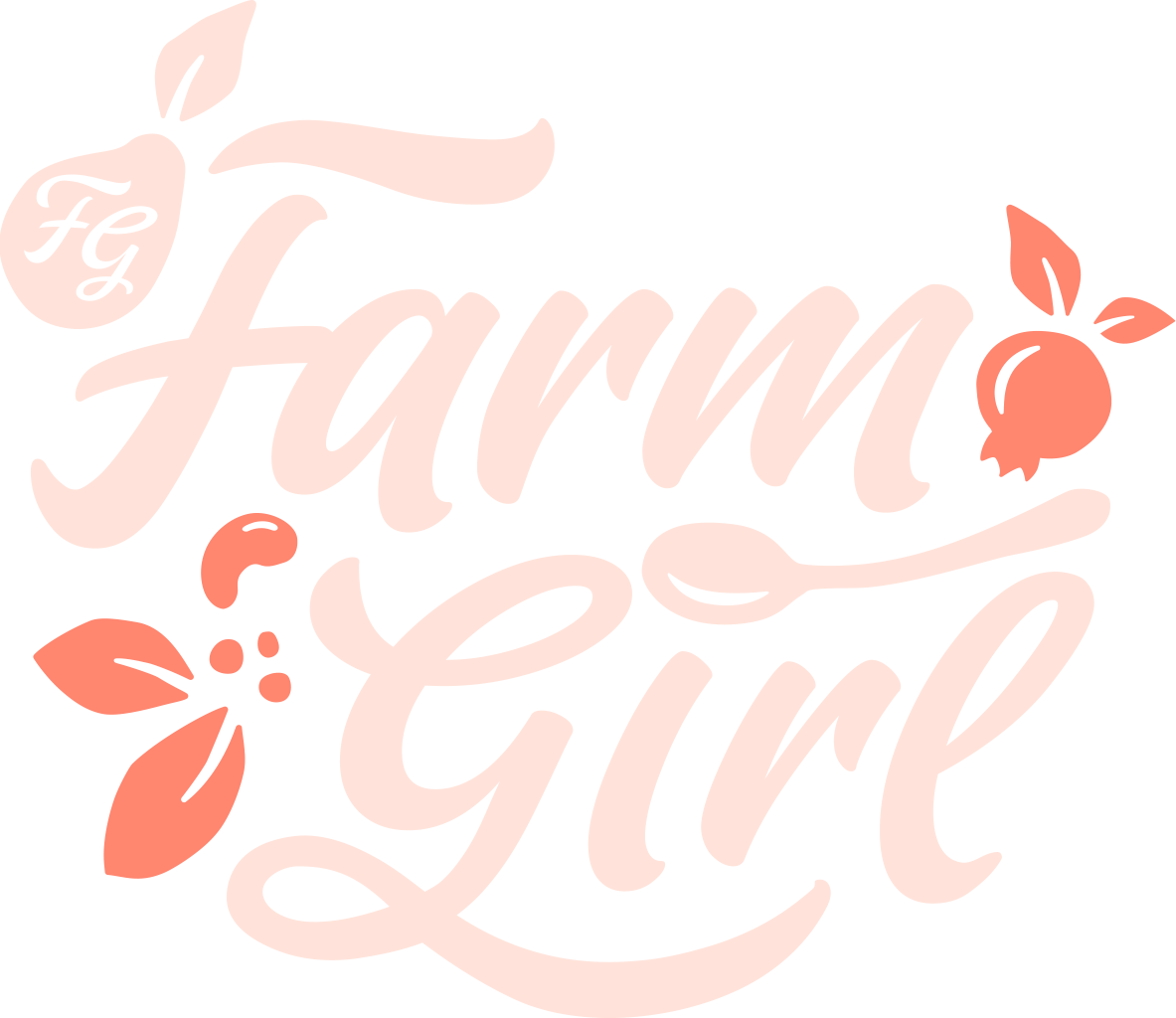Revolutionizing the Cereal Industry: The Story of Farm Girl and Her Innovative New Kids Cereal
Cereal has been a staple of the American breakfast table for generations. But over the years, the cereal industry has changed dramatically, with big corporations vertically integrating and prioritizing profits over health. The use of harmful chemicals, such as glyphosate, and the addition of copious amounts of sugar have become all too common in cereal production. There has been no change to this industry up until a few years ago.
About a year and half ago, we noticed a few new cereal companies starting to used milk derivative based ingredients to produce cereals. On average, it has been estimated that the production of one kilogram of whey protein can generate upto 17 kilograms of CO2 emissions. To put that into perspective, the average car burns 0.2 to 0.3 kilograms of CO2 per kilometer driven. Using animal derived protein to produce a cereal is not sustainable.
While whey protein is generally safe when consumed in moderate amounts, there are potential side effects to consider. Here are some of the most common side effects of consuming whey protein:
- Digestive problems: Some children may experience digestive issues, such as bloating, gas, and diarrhea, after consuming whey protein. This is often due to lactose intolerance, as whey protein contains lactose.
- Allergic reactions: Children who are allergic to dairy products may experience an allergic reaction to whey protein. Symptoms may include hives, itching, and swelling of the face, lips, tongue, and throat.
- Kidney problems: High doses of whey protein can put stress on the kidneys, especially in children with pre-existing kidney problems. This can lead to damage and reduce their overall kidney function.
- Hormonal imbalances: Whey protein contains hormones, such as insulin-like growth factor 1 (IGF-1), which can disrupt the delicate balance of hormones in growing children.
- Decreased appetite: Some children may experience a decrease in appetite after consuming whey protein, as it can fill them up and reduce their hunger.
Our objective was clear: Develop a children's cereal that was nutritionally superior, easily absorbed, entertaining, eco-friendly, and with an unparalleled taste. A challenging task, indeed. We turned to our time in some of the worlds top kitchens for help.
Everyone knows that local just tastes beter but is it beter for you? Ask any Michelin star chef and he/she will say absolutely. Michelin-starred restaurants are known for their commitment to high-quality, locally sourced ingredients. These restaurants strive to create menus that showcase the unique flavors and ingredients of their local environment, building relationships with local farmers, foragers, and producers to source the freshest and most flavorful ingredients possible.
For example, a Michelin-starred restaurant in the countryside might source its produce from nearby farms, using ingredients like heirloom tomatoes, seasonal berries, and freshly harvested herbs in its dishes. Similarly, a coastal Michelin-starred restaurant might use local seafood and shellfish, caught just hours before they are served, to create dishes that highlight the natural flavors of the ocean.
In addition to sourcing ingredients from the local environment, many Michelin-starred restaurants also focus on sustainable and environmentally conscious practices, such as reducing food waste, using composting and recycling programs, and working with suppliers to minimize their carbon footprint.
By sourcing ingredients from the local environment, Michelin-starred restaurants are able to create dishes that are not only delicious but also reflect the unique flavors and culture of the surrounding area. This focus on locally sourced ingredients has become a hallmark of Michelin-starred dining, and it continues to set these restaurants apart in a competitive culinary landscape.
Many nutritionists believe that locally sourced food can be beneficial for health for several reasons.
First, locally sourced food is often fresher and more nutrient-dense than food that has been transported over long distances. This is because locally sourced food is harvested and consumed closer to its peak ripeness, when it contains the highest levels of nutrients.
Second, locally sourced food often has a smaller carbon footprint, reducing the impact on the environment. This not only benefits the environment but also supports local farmers and communities, creating a more sustainable food system.
Third, local food systems can support biodiversity, as they often rely on a variety of crops, rather than a single monoculture. This increased biodiversity can lead to a more diverse and nutritious diet.
Our objective was to create a purely plant-based protein source that included all nine essential amino acids and to find a healthy sweetener that would be appealing to kids with 0 preservatives and no refined oils. After 8 months of R&D, and scouring the our local environment for ingredients we have finally arrived at the starting point.
